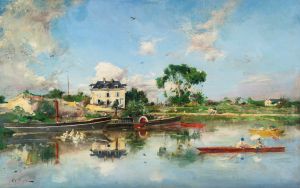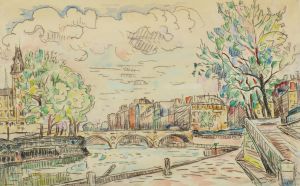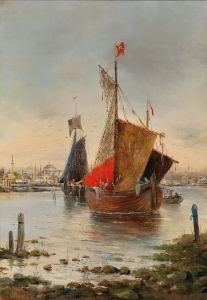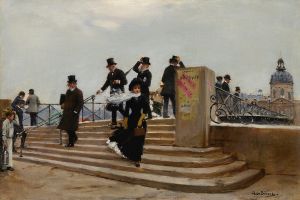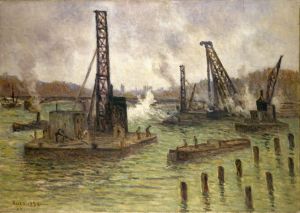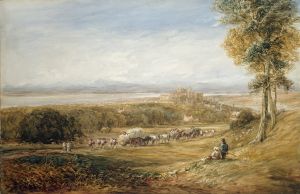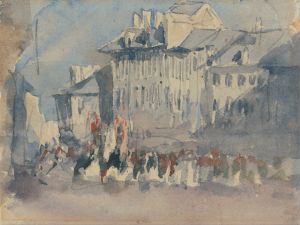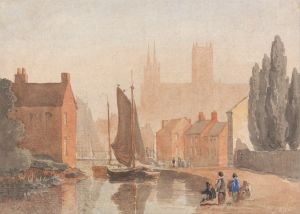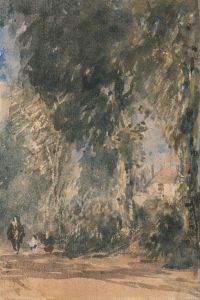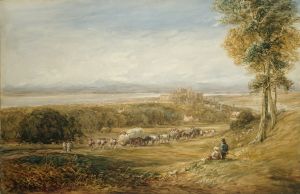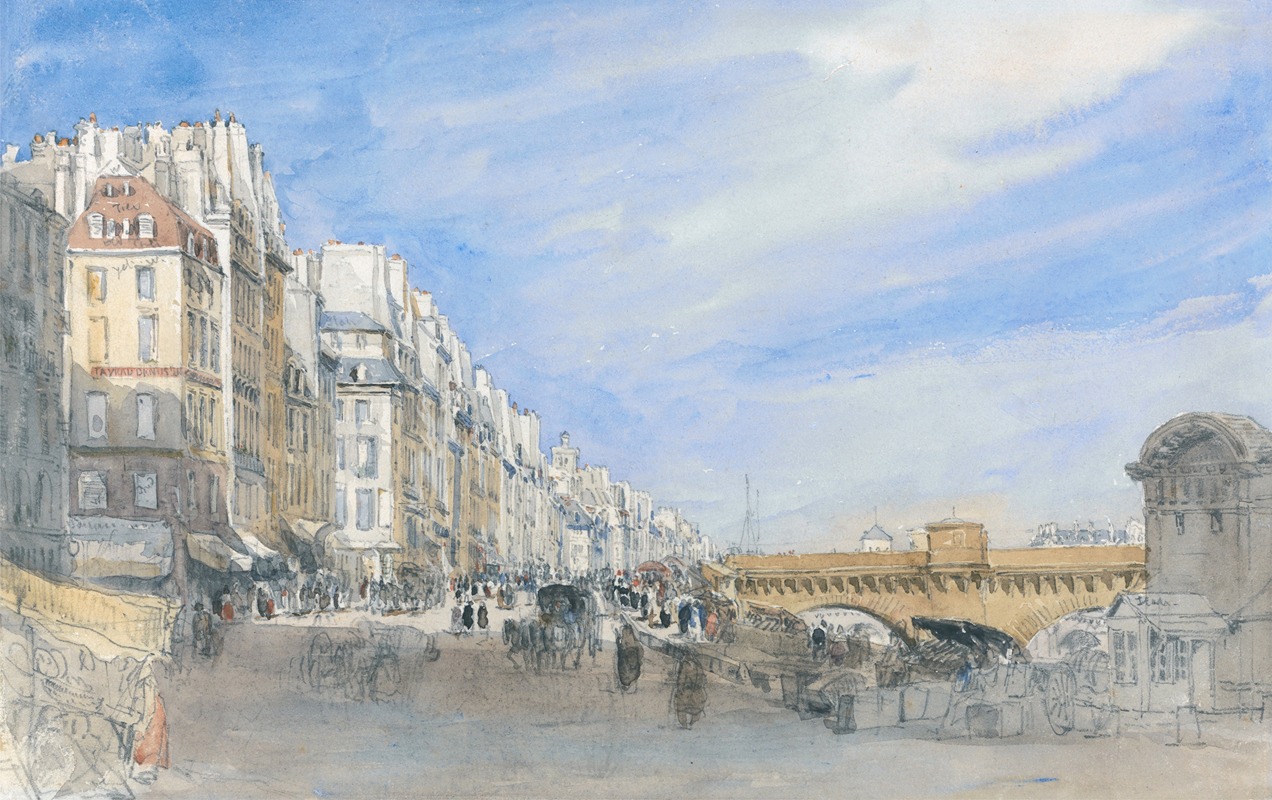
Pont Neuf from the Quai de l’Ecole, Paris
A hand-painted replica of David Cox’s masterpiece Pont Neuf from the Quai de l’Ecole, Paris, meticulously crafted by professional artists to capture the true essence of the original. Each piece is created with museum-quality canvas and rare mineral pigments, carefully painted by experienced artists with delicate brushstrokes and rich, layered colors to perfectly recreate the texture of the original artwork. Unlike machine-printed reproductions, this hand-painted version brings the painting to life, infused with the artist’s emotions and skill in every stroke. Whether for personal collection or home decoration, it instantly elevates the artistic atmosphere of any space.
David Cox (1783–1859) was a prominent English landscape painter, known for his contributions to the development of watercolor painting. His work, "Pont Neuf from the Quai de l’Ecole, Paris," is one of the many pieces that showcase his skill in capturing the essence of landscapes and urban scenes.
David Cox was born in Birmingham, England, and began his artistic career as a scene painter for the theater. He later transitioned to landscape painting, where he found his true calling. Cox was a key figure in the English watercolor movement, and his works are celebrated for their vibrant use of color and light, as well as their ability to convey the atmosphere of a scene.
"Pont Neuf from the Quai de l’Ecole, Paris" is a watercolor painting that depicts the iconic Pont Neuf, the oldest standing bridge across the river Seine in Paris. The bridge, completed in 1607, is a significant historical and architectural landmark in the city. It connects the Île de la Cité, where the famous Notre-Dame Cathedral is located, to the rest of Paris. The painting captures the bustling life around the bridge, with figures and carriages, and the architectural details of the surrounding buildings.
Cox's depiction of the Pont Neuf is notable for its attention to detail and the way it captures the lively atmosphere of Paris in the 19th century. The use of watercolor allows for a fluidity and softness in the depiction of the scene, which is characteristic of Cox's style. His ability to render the effects of light and weather conditions is evident in this work, as he skillfully portrays the reflections on the water and the shadows cast by the bridge and buildings.
The painting is an excellent example of Cox's mature style, where he combines his keen observational skills with a loose, expressive technique. This approach allows him to convey not just the physical appearance of the scene, but also its mood and ambiance. Cox's work often reflects his interest in capturing the transient effects of light and atmosphere, a quality that aligns him with the later Impressionist movement, although he preceded it.
Cox traveled extensively throughout his career, visiting various parts of the United Kingdom and Europe, including France. His travels provided him with a wealth of subjects for his paintings, and he was particularly drawn to the landscapes and cityscapes of France. "Pont Neuf from the Quai de l’Ecole, Paris" is a testament to his fascination with the French capital and its architectural beauty.
Today, David Cox is remembered as one of the leading figures in the history of English watercolor painting. His works are held in high regard and can be found in major art collections, including the British Museum and the Victoria and Albert Museum in London. "Pont Neuf from the Quai de l’Ecole, Paris" remains an important piece within his oeuvre, illustrating his mastery of the watercolor medium and his ability to capture the spirit of a place.





